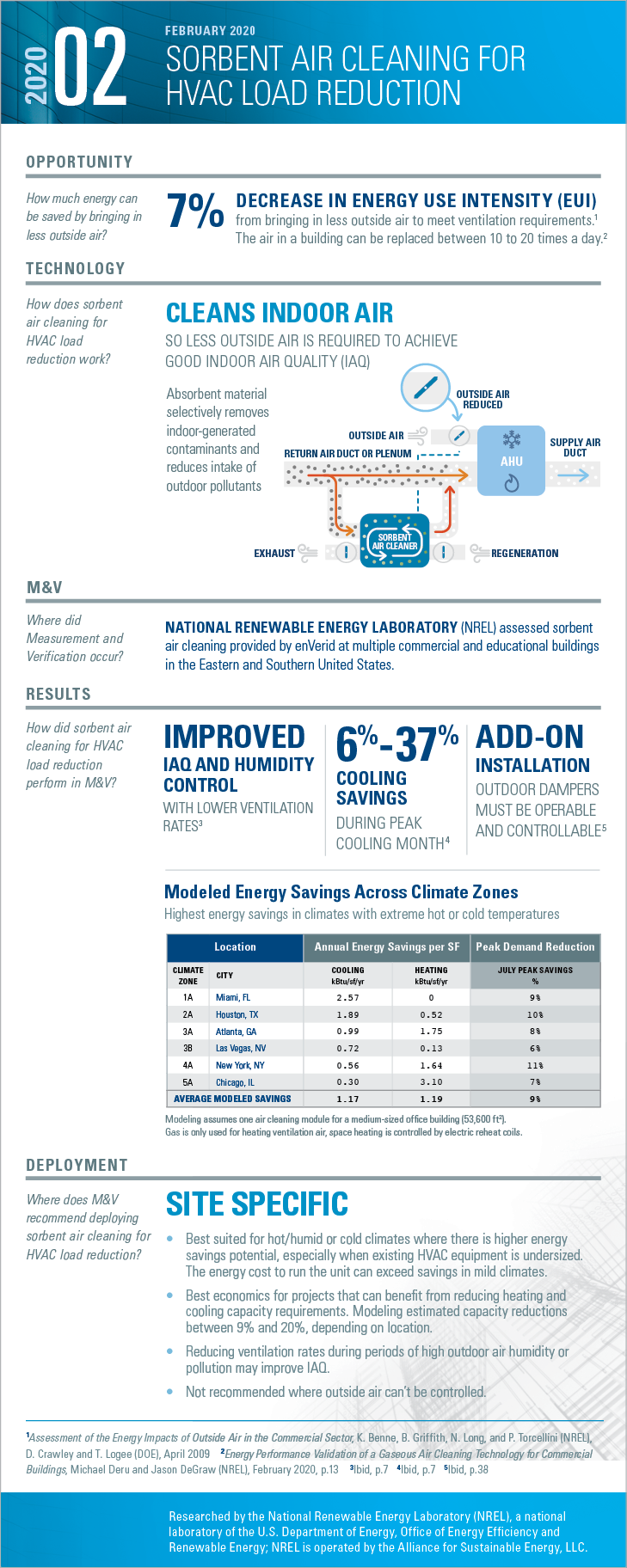
An official website of the United States government
Here’s how you know
Official websites use .gov
A .gov website belongs to an official government organization in the United States.
Secure .gov websites use HTTPS
A lock
( )
or https:// means you’ve safely connected to the .gov website. Share sensitive information only on official, secure websites.
PER DIEM LOOK-UP
1 Choose a location
Error, The Per Diem API is not responding. Please try again later.
No results could be found for the location you've entered.
OR
OR
Rates for Alaska, Hawaii, U.S. Territories and Possessions are set by the Department of Defense.
Rates for foreign countries are set by the State Department.
2 Choose a date
OR
Rates are available between 10/1/2021 and 09/30/2024.
The End Date of your trip can not occur before the Start Date.
Traveler reimbursement is based on the location of the work activities and not the accommodations, unless lodging is not available at the work activity, then the agency may authorize the rate where lodging is obtained.
Unless otherwise specified, the per diem locality is defined as "all locations within, or entirely surrounded by, the corporate limits of the key city, including independent entities located within those boundaries."
Per diem localities with county definitions shall include"all locations within, or entirely surrounded by, the corporate limits of the key city as well as the boundaries of the listed counties, including independent entities located within the boundaries of the key city and the listed counties (unless otherwise listed separately)."
When a military installation or Government - related facility(whether or not specifically named) is located partially within more than one city or county boundary, the applicable per diem rate for the entire installation or facility is the higher of the rates which apply to the cities and / or counties, even though part(s) of such activities may be located outside the defined per diem locality.
 U.S. General Services Administration
U.S. General Services Administration
